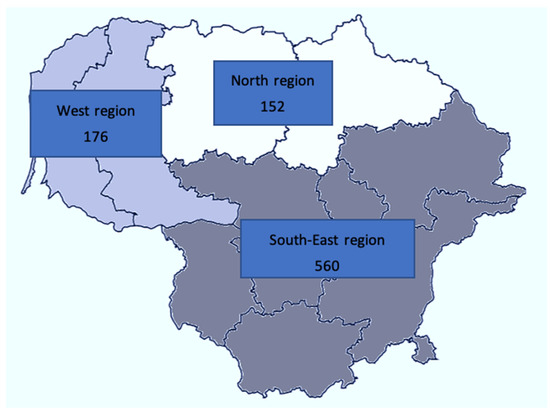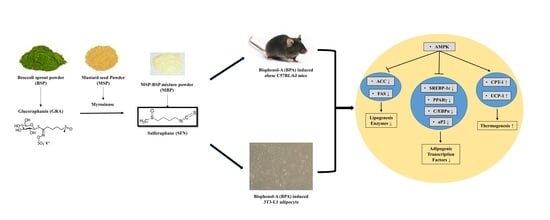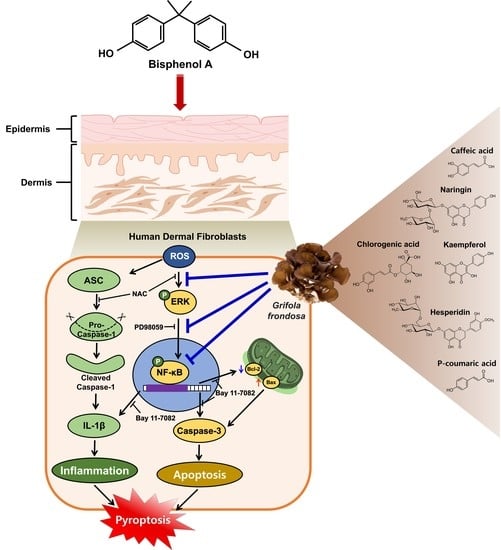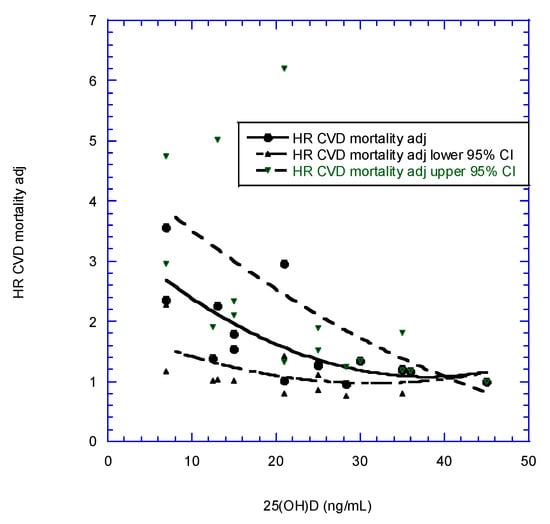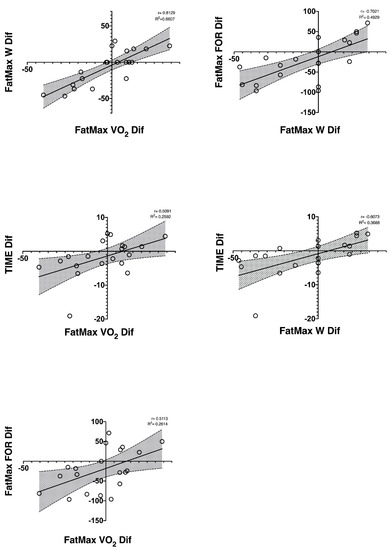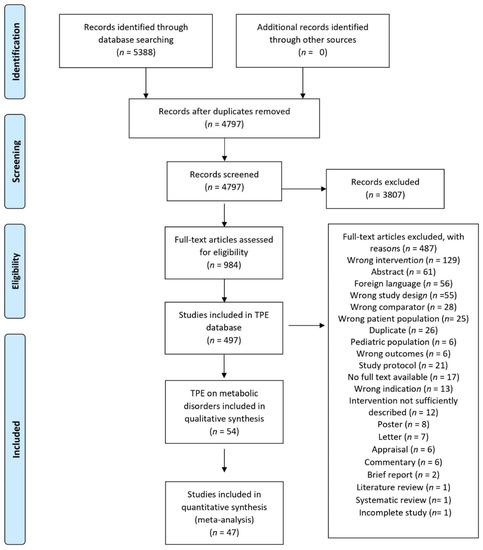Nutrients 2022, 14(18), 3820; https://doi.org/10.3390/nu14183820 - 16 Sep 2022
Cited by 13 | Viewed by 4779
Abstract
Animal studies have shown that human milk oligosaccharides (HMOs) are important in early brain development, yet their roles have not been assessed in humans. The purpose of this study was to determine the associations of HMOs with MRI indices of tissue microstructure and
[...] Read more.
Animal studies have shown that human milk oligosaccharides (HMOs) are important in early brain development, yet their roles have not been assessed in humans. The purpose of this study was to determine the associations of HMOs with MRI indices of tissue microstructure and regional cerebral blood flow (rCBF) in infants. Mother–infant pairs (N = 20) were recruited at 1 month postpartum. Milk was assayed for the concentrations of the HMOs 2′-fucosyllactose (2′FL), 3-fucosyllactose (3FL), 3′-sialyllactose (3′SL), and 6′-sialyllactose (6′SL). Diffusion and arterial spin labeling measures were acquired using a 3.0-Tesla MRI scanner. Multiple linear regression was used to assess the voxel-wise associations of HMOs with fractional anisotropy (FA), mean diffusivity (MD), and rCBF values across the brain. After adjusting for pre-pregnancy BMI, sex, birthweight, and postmenstrual age at time of scan, a higher 2′FL concentration was associated with reduced FA, increased MD, and reduced rCBF in similar locations within the cortical mantle. Higher 3FL and 3′SL concentrations were associated with increased FA, reduced MD, and increased rCBF in similar regions within the developing white matter. The concentration of 6′SL was not associated with MRI indices. Our data reveal that fucosylated and sialylated HMOs differentially associate with indices of tissue microstructure and rCBF, suggesting specific roles for 2′FL, 3FL, and 3′SL in early brain maturation.
Full article
(This article belongs to the Special Issue Maternal Diet, Infant Nutrition, and Short- and Long-Term Health and Development)
►
Show Figures


